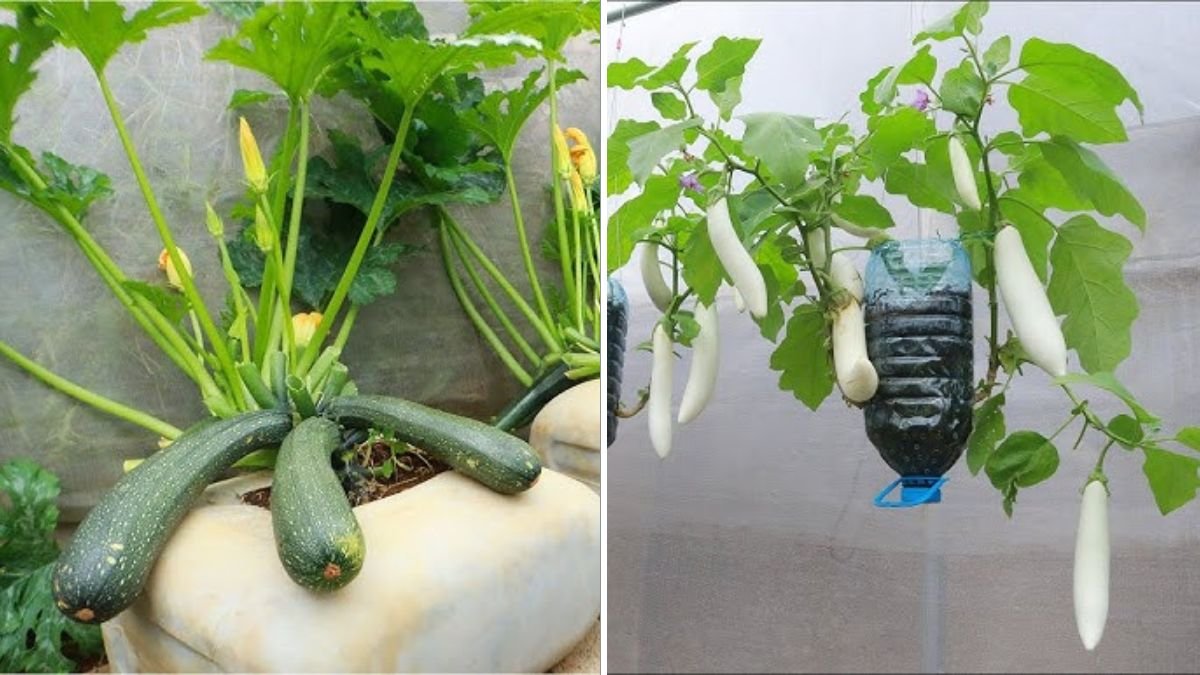Every gardener dreams of harvesting big, healthy, and plentiful squash—those golden-yellow or deep-green beauties that fill your summer garden and dinner table. But what if the secret to massive, fruitful squash isn’t in expensive fertilizers or fancy equipment, but in something as simple as a plastic can, milk, and eggs?
Sounds unbelievable, right? Yet, this simple method—tested by many home gardeners—has proven to produce vigorous squash plants loaded with long, abundant fruits.
In this article, we’ll uncover exactly how this trick works, how to set it up step by step, and why it’s becoming a favorite organic gardening method across the U.S. Whether you have a backyard, balcony, or even a small corner for containers, you can try this easy hack and watch your squash thrive.
Why Squash Is Worth Growing
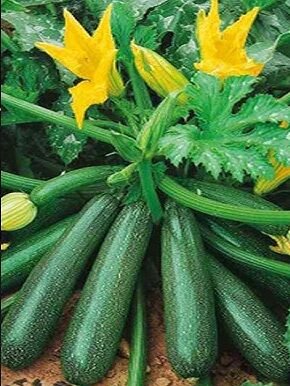
Before we get into the secret recipe, let’s appreciate why squash is one of the best vegetables to grow in America:
- Nutrient-rich: High in vitamin A, potassium, and fiber.
- Productive: Each plant can produce several pounds of squash.
- Loves the sun: Perfect for warm American climates from coast to coast.
- Versatile: Grows well in raised beds, ground gardens, or containers.
- Tasty and useful: Great for grilling, roasting, soups, and baking.
Squash grows fast, but it also demands nutrition. That’s where the milk and eggs secret comes in—offering a natural, powerful fertilizer that keeps your plants healthy and heavy with fruit.
The Science Behind the Secret
The combination of milk and eggs might sound like something for your breakfast, not your garden—but it’s actually a powerhouse mix of natural nutrients and probiotics.
Here’s how it helps:
- Milk:
- Contains calcium, potassium, and B vitamins, essential for plant cell growth.
- Prevents blossom-end rot, a common issue with squash and tomatoes.
- Encourages beneficial microbes in the soil, improving fertility.
- Eggs:
- A natural source of nitrogen, calcium, and phosphorus—key nutrients for flowering and fruiting.
- The eggshells slowly break down, providing a steady release of minerals.
- Plastic Can:
- Acts as a controlled mini fertilizer chamber, ensuring nutrients go directly to the roots.
- Helps maintain moisture levels, reducing the need for constant watering.
Together, these simple items form a natural nutrient system that feeds squash consistently and helps them produce larger, healthier, and longer fruits.
What You’ll Need
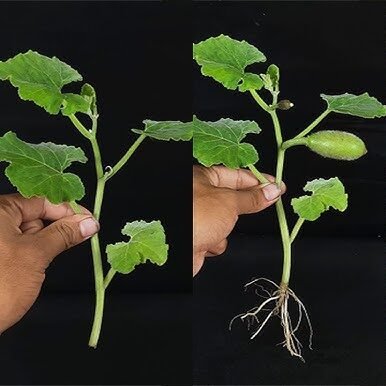
You don’t need a big farm or expensive materials. Here’s your simple setup list:
Materials:
- 1 Plastic Can (1–2 gallons, like an old milk jug or water bottle)
- 1 Raw Egg
- ½ Cup Milk (fresh or expired)
- Good Potting Soil or Garden Soil
- Organic Compost or Manure
- Squash Seeds or Seedlings
- A Sunny Spot (at least 6–8 hours of sunlight daily)
Optional: small trowel, watering can, and a stake or trellis if you’re growing vining squash.
Step-by-Step Guide: Growing Squash in a Plastic Can with Milk and

Step 1: Prepare the Plastic Can
Cut off the top of your plastic can or jug to make a wide opening. Poke 4–5 small drainage holes at the bottom so excess water can escape.
This container will serve as your nutrient reservoir and growing pot.
Step 2: Add the and Milk Mixture
Place one raw egg (unbroken) at the bottom of the container. Then pour in half a cup of milk.
Pro tip: Don’t stir or crush the egg. Let it naturally decompose over time—it’ll slowly release nutrients as the plant grows.
These ingredients act like an organic fertilizer capsule, feeding your squash roots naturally for weeks.
Step 3: Add Soil and Compost
Fill the can with a mixture of:
- 60% garden or potting soil
- 30% organic compost or aged manure
- 10% sand or coco peat (for drainage)
Mix gently and fill up the container, leaving 2 inches from the top. The nutrients from the egg and milk will gradually seep up, enriching the soil naturally.
Step 4: Plant the Squash Seeds or Seedlings
Make a small hole about 1 inch deep and drop in 2–3 squash seeds (you can thin them later) or plant one healthy seedling.
Cover lightly with soil and water well. Keep the soil moist but not soggy.
Place the container in a sunny area, ideally where it can get 6–8 hours of full sun daily.
Step 5: Water and Care Routine
Squash loves water—but not too much. Follow this simple care plan:
- Water: 2–3 times per week, or when the top inch of soil feels dry.
- Fertilizer: With the egg and milk below, you’ll rarely need additional fertilizer. For an extra boost, spray a diluted milk solution (1 part milk to 4 parts water) on the leaves every two weeks.
- Mulch: Add straw or dry leaves around the plant to retain moisture and prevent weeds.
Within a few weeks, you’ll notice fast, vigorous growth and deep green leaves—a sign that the natural nutrients are working.
Step 6: Watch for Flowers and Pollination
Squash plants produce both male and female flowers.
- The male flowers appear first and fall off (don’t worry—it’s normal).
- The female flowers have a tiny baby squash at the base.
To ensure fruiting:
- Encourage pollinators like bees by keeping flowers nearby, or
- Hand-pollinate using a small brush or cotton swab to transfer pollen from male to female flowers.
Within days, you’ll see the tiny squashes start to swell—your harvest is on its way!
Step 7: The Big Harvest
Depending on the squash variety, fruits are usually ready in 50–70 days.
Signs it’s time to harvest:
- The squash has reached its mature size.
- The skin feels firm and glossy.
- The stem connecting the fruit to the plant is slightly dry.
Cut the fruit gently using a garden knife or scissors—don’t pull it, as it can damage the plant.
The results? Long, large, and plentiful squash—often bigger than store-bought ones!
Gardeners who tried this “plastic can + milk + egg” trick reported up to 30–40% more yield than traditional growing methods.
Why This Trick Works So Well
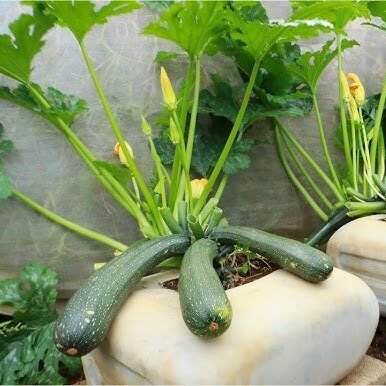
This simple experiment combines science and sustainability:
| Ingredient | Function | Result |
|---|---|---|
| Egg | Slow-release nitrogen & calcium source | Strong roots and steady growth |
| Milk | Boosts calcium, prevents rot | Healthier flowers & fruits |
| Plastic Can | Retains nutrients & controls moisture | Consistent feeding |
| Organic Compost | Enriches soil microbes | Improves yield quality |
In short, it’s a natural fertilizer system that mimics organic farming principles—perfect for home gardeners who want high yields without chemicals.
Extra Tips for Bigger and Better Squash
- Use Deep Containers: The deeper the roots can grow, the more fruit you’ll get.
- Prune the Vines: Cut off old or damaged leaves to encourage new growth.
- Rotate Containers: If possible, rotate your can every few days for even sunlight.
- Support Heavy Fruits: Use a trellis or sling to hold long squash off the ground.
- Replenish After Harvest: Add a new egg and splash of milk for the next planting round!
The Eco-Friendly Advantage
Besides amazing growth results, this method is:
- 100% organic – no synthetic fertilizers or pesticides.
- Budget-friendly – uses simple kitchen ingredients.
- Waste-free – recycles old plastic cans.
- Perfect for small spaces – ideal for balconies, patios, or urban gardens.
It’s sustainable, easy, and effective—proof that nature gives us all the tools we need to grow abundant, healthy food.
Conclusion: A Homegrown Success Story
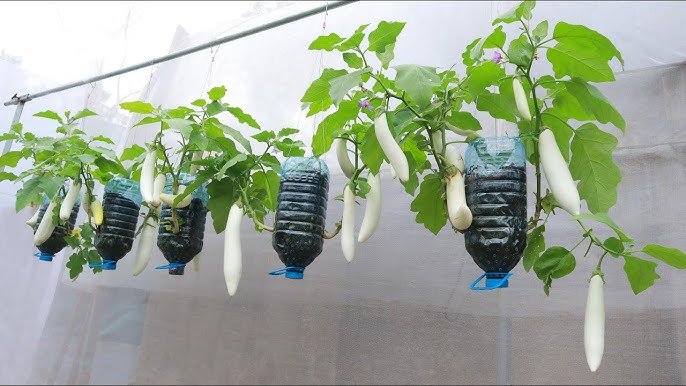
Who knew that a plastic can, milk, and a simple could hold the secret to growing a bounty of big, long, and delicious squash?
This garden hack not only boosts yield but also promotes a natural, chemical-free growing environment—perfect for any American home gardener who loves DIY projects and sustainability.
Next time you’re about to toss out a milk jug or an egg past its prime, remember: they could become the foundation of your next thriving squash plant.
So grab your supplies, set up your mini container garden, and prepare to be amazed when those vines start producing plentiful, picture-perfect squash that’ll make your neighbors green with envy.
